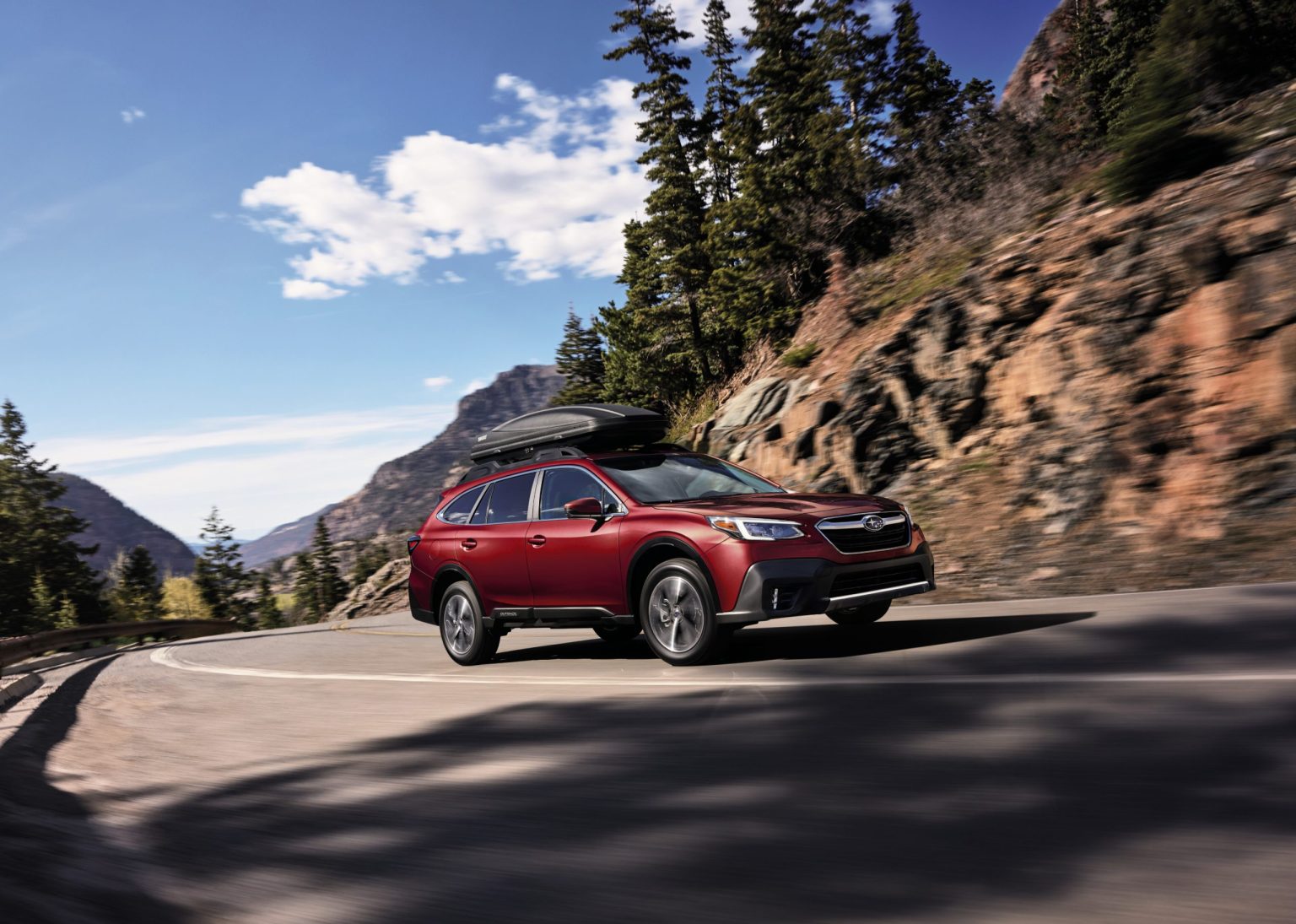When it comes to longevity on the road, few automotive brands generate as much enthusiasm among drivers as Subaru. Renowned for their durability, Subaru vehicles, particularly the Outback, showcase a ruggedness that appeals to adventure enthusiasts and daily commuters alike. But just how many miles can you expect from a Subaru? In this article, we delve into the durability of Subaru vehicles, focusing on the Outback, and explore what factors impact their longevity.
The Subaru Reputation
Subaru has cultivated a reputation for being a brand that builds vehicles which stand the test of time. This reputation is not merely anecdotal; extensive studies and real-world testimonials indicate that Subaru owners commonly report high mileage from their vehicles. Many find themselves driving comfortably beyond the 200,000-mile mark, and some even exceed 300,000 miles.
Factors That Influence Longevity
Several pivotal elements contribute to how long a Subaru, and specifically the Outback, can last. Understanding these factors clarifies the relationship between maintenance practices, driving conditions, and vehicle design, which collectively affect lifespan.
- Maintenance and Care: Regular maintenance is paramount. Adhering to the manufacturer’s schedule for oil changes, fluid checks, and routine inspections can dramatically extend a vehicle’s life. The robust engineering of Subaru vehicles allows them to withstand various conditions, but without proper care, even the best-built cars can falter.
- Driving Habits: How you drive plays a significant role in how long your Subaru will last. Aggressive acceleration, frequent hard braking, and neglecting to warm up the engine can lead to premature wear. On the flip side, a gentle driving style can promote longevity.
- Environment: The environment in which a Subaru operates also influences its lifespan. Harsh climates—whether frigid cold or blistering heat—can accelerate the degradation of materials and require more frequent maintenance. Off-road driving, which is popular among Subaru owners, can add wear and tear if not navigated carefully.
- Model-Specific Durability: Different Subaru models exhibit varying degrees of longevity. The Outback, with its versatile design and robust construction, is engineered for both on-road and off-road performance, which makes it particularly resilient. Models like the Legacy or Forester also boast impressive durability but may cater to unique driving needs.
Real-World Experiences
Real-world experiences serve as a compelling testament to Subaru’s durability. Enthusiasts and long-time owners frequently share stories of remarkable mileage achievements. Several dedicated Subaru forums and communities chronicle these experiences, where members trade maintenance tips and celebrate the milestones of their vehicles.
Many Subaru Outback owners recount reaching 200,000 miles with relatively minor issues—often just standard wear components like brake pads and tires needing replacement. Reports from owners hitting 300,000 miles are not unheard of, exemplifying the quality and reliability embedded in Subaru’s engineering philosophy.
Innovative Engineering and Technology
Subaru’s legendary durability can also be attributed to its innovative engineering. Known for its “Symmetrical All-Wheel Drive” system, Subaru enhances traction and stability, which is especially beneficial for driving in adverse weather conditions. Additionally, engine designs like the Boxer engine contribute to durability, offering a lower center of gravity and balanced handling, which can lead to a more prolonged life for the vehicle.
Moreover, Subaru has made significant strides in safety technology, ensuring that vehicles not only last a long time but do so safely. This commitment to safety is intertwined with longevity; a vehicle that withstands accidents well has a better chance of seeing many miles ahead.
Tips for Maximizing Your Subaru’s Lifespan
To ensure that your Subaru reaches its maximum potential in terms of mileage, consider implementing the following strategies:
- Follow the Maintenance Schedule: Reference your owner’s manual to stay on track with the recommended maintenance schedule. Don’t skimp on regular checks.
- Use Quality Parts: When replacing parts, opt for OEM (Original Equipment Manufacturer) parts or high-quality aftermarket options to maintain performance.
- Practice Defensive Driving: Safe driving habits save wear on your vehicle. Anticipate traffic flow and avoid sudden maneuvers.
- Store Properly: If you live in an area prone to extreme weather, consider garage parking to protect your vehicle from the elements.
Conclusion
In summary, the Subaru Outback exemplifies durability, providing drivers with a dependable vehicle that is built to last. While many owners report successfully traversing beyond 200,000 miles, the actual longevity will depend on a blend of maintenance, driving habits, and environmental factors. By adhering to best practices and taking care of your Subaru, you can join the ranks of those enjoying a vehicle that offers years of reliable service and adventure.
